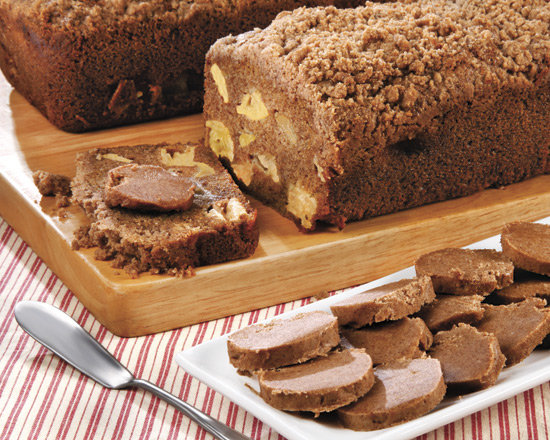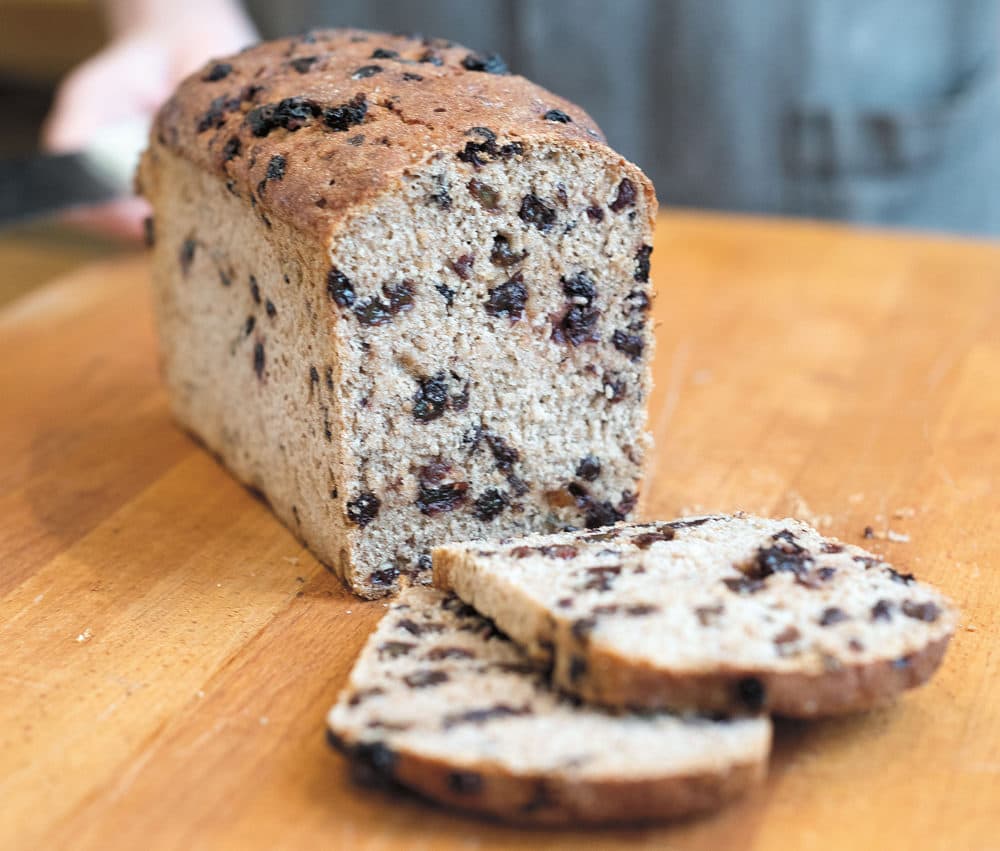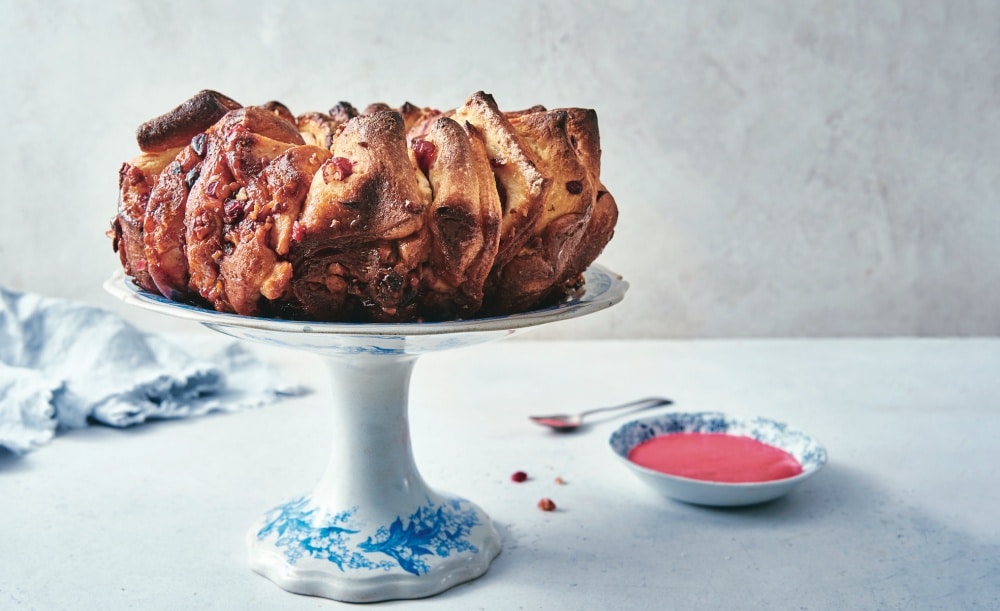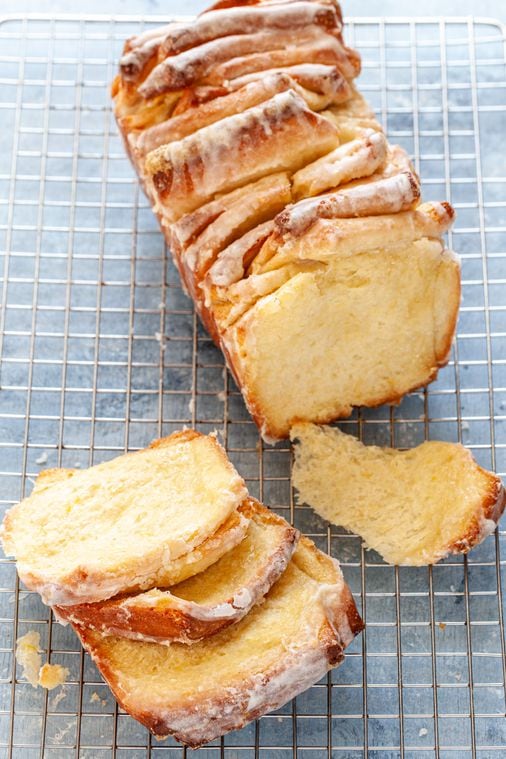- Thread Starter Thread Starter
- #21
Fondue Bread
3-½ tsp. sugar
2 tsp. salt
2 pkg. active dry yeast
4 cups flour
1/2 cup. butter or margarine
2 tsp. sliced almonds
1 cup milk
2 eggs, reserve 1 egg white
2 lb. shredded Muenster
In large bowl, combine sugar, salt, yeast, and 1 cup flour. Heat butter and milk until very warm (120 to 130 degrees). With mixer on low speed, gradually add the liquid into dry ingredients until just mixed. Beat 2 minutes on medium speed, scraping bowl. Beat in 1 cup flour or enough to make a thick batter. Continue beating 2 minutes, scraping bowl. With wooden spoon, stir in enough additional flour to make a soft dough (about 2 cups).
Turn dough on to lightly floured surface and knead about 10 minutes or until smooth and elastic, adding more flour, if necessary. Shape into ball, cover, and let rise 15 minutes.
In large bowl, combine eggs (reserve 1 egg white) with shredded Muenster cheese and set aside.
On lightly floured surface, roll dough into a 24 x 6-inch rectangle. Shape cheese mixture into a cylinder lengthwise along the center of the dough. Fold dough over filling, making a 1 to1-1/2-inch overlap. Pinch seam very well to seal dough. Place roll seam-side down in a 9-inch greased round cake pan. Overlap ends slightly; pinch ends together to seal. Cover with towel, let rise about 10 minutes.
Preheat oven to 375 degrees. Brush loaf with slightly beaten reserved egg white. Garnish with almonds. Bake 55-60 minutes or until top is golden brown. Bread should sound hollow when lightly tapped. Remove bread from pan; let stand 15 minutes for easier cutting. Cut in wedges to serve.
NOTE: This is a seriously good bread! I like to wrap it in foil and throw it on the grill to reheat for a picnic.
3-½ tsp. sugar
2 tsp. salt
2 pkg. active dry yeast
4 cups flour
1/2 cup. butter or margarine
2 tsp. sliced almonds
1 cup milk
2 eggs, reserve 1 egg white
2 lb. shredded Muenster
In large bowl, combine sugar, salt, yeast, and 1 cup flour. Heat butter and milk until very warm (120 to 130 degrees). With mixer on low speed, gradually add the liquid into dry ingredients until just mixed. Beat 2 minutes on medium speed, scraping bowl. Beat in 1 cup flour or enough to make a thick batter. Continue beating 2 minutes, scraping bowl. With wooden spoon, stir in enough additional flour to make a soft dough (about 2 cups).
Turn dough on to lightly floured surface and knead about 10 minutes or until smooth and elastic, adding more flour, if necessary. Shape into ball, cover, and let rise 15 minutes.
In large bowl, combine eggs (reserve 1 egg white) with shredded Muenster cheese and set aside.
On lightly floured surface, roll dough into a 24 x 6-inch rectangle. Shape cheese mixture into a cylinder lengthwise along the center of the dough. Fold dough over filling, making a 1 to1-1/2-inch overlap. Pinch seam very well to seal dough. Place roll seam-side down in a 9-inch greased round cake pan. Overlap ends slightly; pinch ends together to seal. Cover with towel, let rise about 10 minutes.
Preheat oven to 375 degrees. Brush loaf with slightly beaten reserved egg white. Garnish with almonds. Bake 55-60 minutes or until top is golden brown. Bread should sound hollow when lightly tapped. Remove bread from pan; let stand 15 minutes for easier cutting. Cut in wedges to serve.
NOTE: This is a seriously good bread! I like to wrap it in foil and throw it on the grill to reheat for a picnic.











